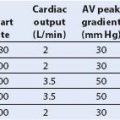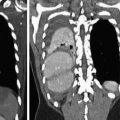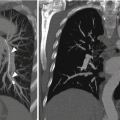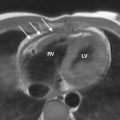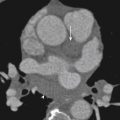Joint pain is a common ailment that affects millions of people worldwide. Whether it’s due to aging, injury, or an underlying health condition, joint pain can significantly impact your quality of life. But how do you know when it’s time to seek help from a radiologist?
And what can you do to complement your treatment and promote better joint health? In this article, we’ll explore these questions and provide you with valuable insights to help you navigate your joint health journey.
Recognizing When to Seek Radiological Help
While occasional joint pain may be normal, certain signs and symptoms warrant a visit to a radiologist. If you experience any of the following, it’s time to schedule an appointment:
- Persistent pain: If your joint pain lasts for more than a few weeks or gradually worsens over time, it’s essential to seek medical attention.
- Swelling or redness: Swollen, warm, or red joints may indicate an underlying condition, such as rheumatoid arthritis or an infection.
- Limited mobility: If your joint pain restricts your range of motion or makes it difficult to perform everyday tasks, it’s crucial to have it evaluated by a professional.
- Sudden, severe pain: Intense pain that comes on suddenly, especially if accompanied by swelling or redness, requires immediate medical attention.
Your radiologist will use advanced imaging techniques, such as X-rays, CT scans, or MRIs, to diagnose the cause of your joint pain and develop an appropriate treatment plan.
Complementing Your Treatment with Lifestyle Changes
In addition to following your radiologist’s recommended treatment plan, there are several lifestyle changes you can make to support your joint health:
- Maintain a healthy weight: Excess weight puts additional stress on your joints, particularly your knees, hips, and ankles. Losing weight can help alleviate joint pain and slow the progression of conditions like osteoarthritis.
- Exercise regularly: Engaging in low-impact exercises, such as swimming, cycling, or yoga, can help strengthen the muscles around your joints, improve flexibility, and reduce pain and stiffness.
- Practice good posture: Poor posture can put unnecessary strain on your joints. Be mindful of your posture when sitting, standing, and walking, and make ergonomic adjustments to your workspace if needed.
- Apply heat and cold therapy: Applying heat can help relax stiff joints and muscles, while cold therapy can reduce inflammation and numb pain. Use whichever method provides you with the most relief, or alternate between the two.
The Role of Supplements in Joint Health
While a balanced diet rich in fruits, vegetables, lean proteins, and whole grains is essential for overall health, sometimes our bodies need an extra boost. This is where supplements can play a role in supporting joint health. One such supplement is PureHealth Research‘s Joint Support, which contains a blend of potent ingredients designed to promote joint flexibility and ease discomfort.
Some of the key ingredients in Pure Health Joint Support include:
- NEM® (Natural Eggshell Membrane): This innovative ingredient has been shown to considerably help a significant number of patients with joint and connective tissue disorders.
- Boswellia Serrata: Studies have found that Boswellia potentially improves knee joint function by reducing immune markers, swelling, and discomfort, allowing better freedom of movement.
- Type II Collagen: This ingredient helps combat the overactive immune markers that can lead to joint swelling, discomfort, and disease.
When combined with a healthy lifestyle and your radiologist’s recommended treatment plan, supplements like Joint Support can help you achieve optimal joint health and improve your overall quality of life.
Conclusion
Joint pain can be a debilitating condition, but by understanding when to seek radiological help and how to complement your treatment with lifestyle changes and targeted supplements, you can take control of your joint health. Remember, early intervention is key to preventing further damage and maintaining your mobility and independence.
If you’re experiencing persistent or severe joint pain, don’t hesitate to schedule an appointment with your radiologist. And consider incorporating a high-quality supplement like PureHealth Research’s Joint Support into your daily routine to give your joints the extra support they need.
By taking a proactive approach to your joint health, you can unlock a world of improved comfort, flexibility, and vitality. Start your journey to better joint health today, and enjoy the freedom of movement you deserve.
Stay updated, free articles. Join our Telegram channel

Full access? Get Clinical Tree


